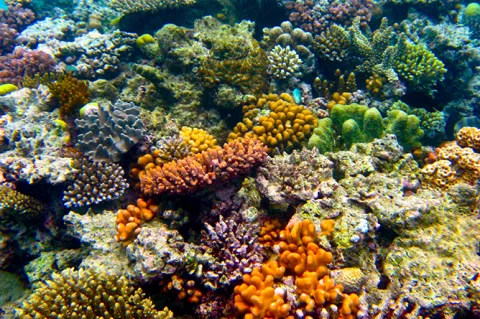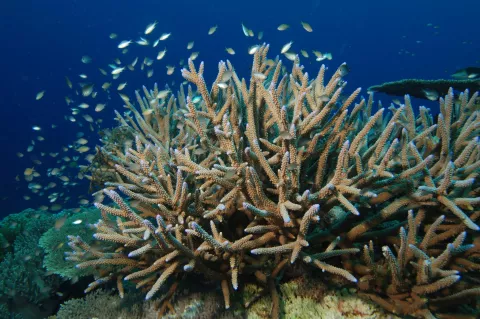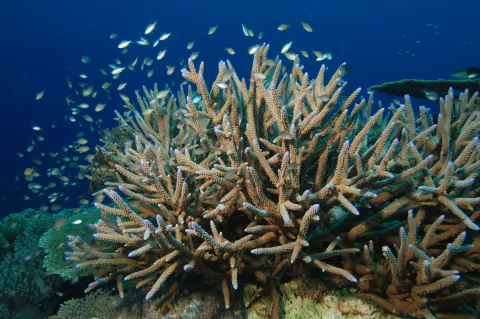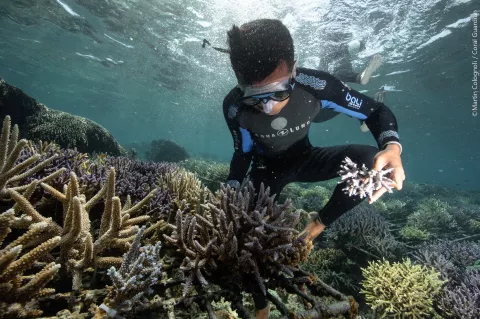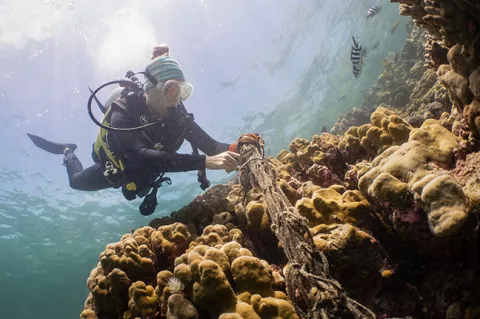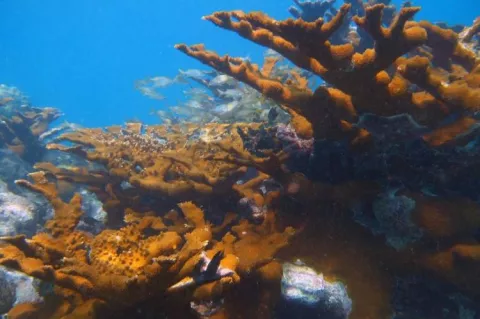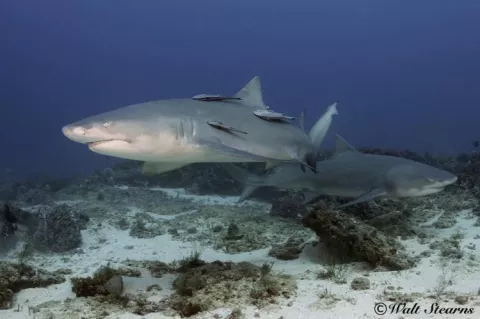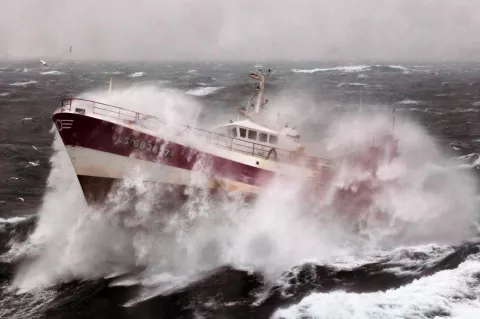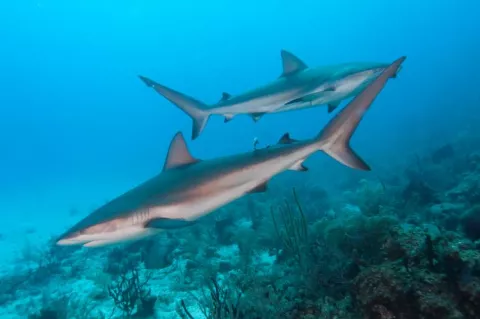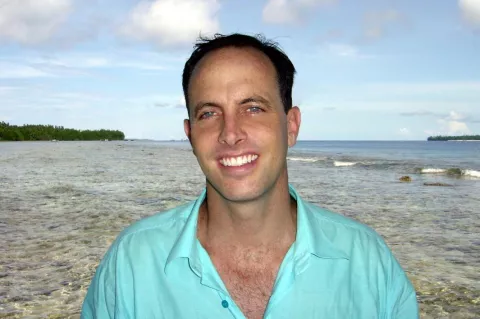Deciphering the corals' scents
Last December, marine biologist Caitlin Lawson made her way to the Great Barrier Reef.
Like countless others, she was there for the annual spawning of the corals. However, she was armed, not with expensive photographic equipment, but small plastic containers rigged with tubing.
Her mission? To collect the gaseous chemicals released by the corals (as well as their algal and bacterial symbionts) before, during and after the spawning event.

